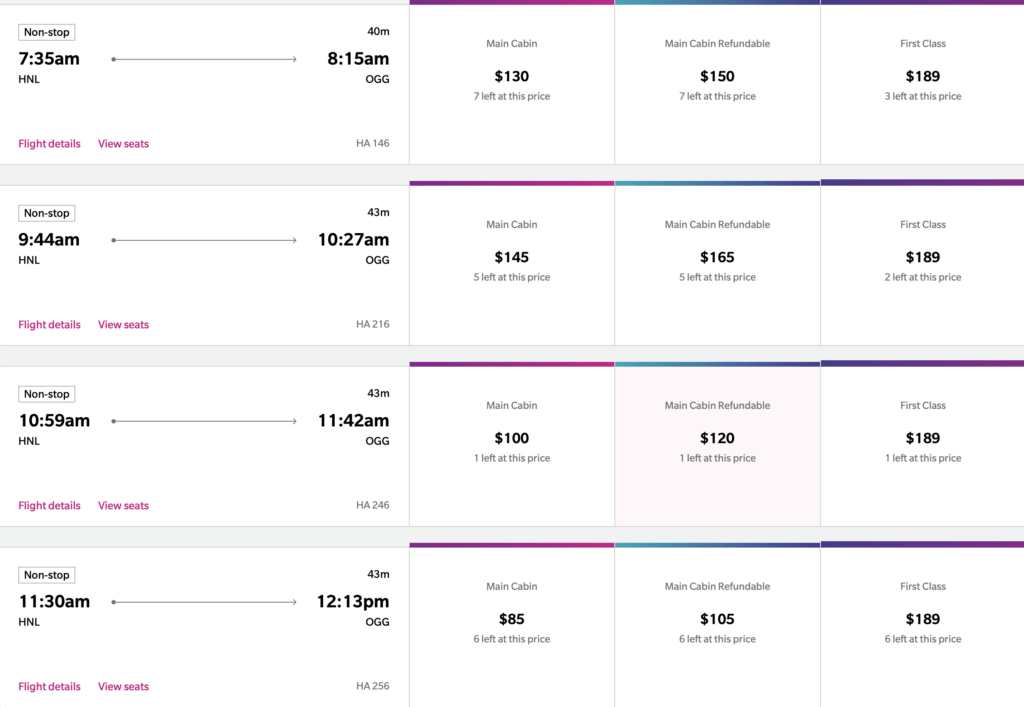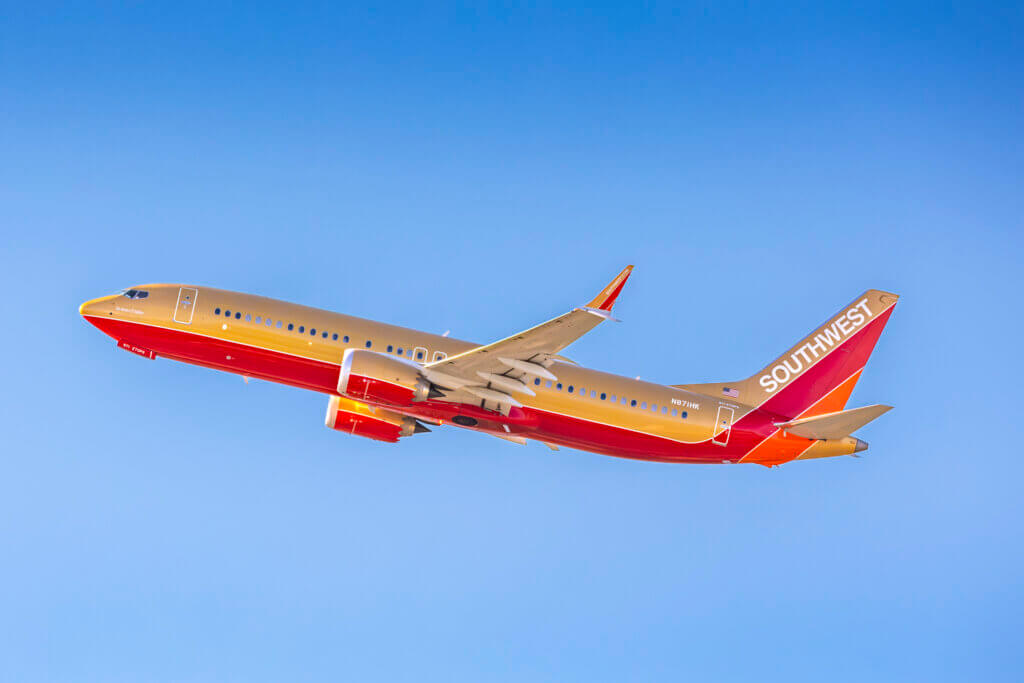Hawai’i is a rough market for airlines, especially those that operate routes entirely within the state. Interestingly, we’ve recently learned that Southwest purposely loses money in Hawai’i as part of its grander strategy in the islands.
As we all know by now, Southwest made a big splash when it finally landed in Hawai’i back in 2019. Then COVID happened. Despite this, the airline remained committed to its new routes, and even began growing its presence once things began opening back up again. Of course, looking at the prices Southwest was and is charging compared to what Hawaiian does, things kind of didn’t really add up. It turns out, the numbers don’t add up. While we don’t know the specifics, we do know that Southwest purposely loses money in Hawai’i as part of its mid-term strategy.
Southwest Purposely Loses Money in Hawai’i
As reported by Brian Sumers of The Airline Observer, via Gary Leff at View from the Wing, Southwest purposely loses money in Hawai’i. However, they’re not doing so just to offer Rapid Rewards members an enticing redemption option (though, that is indeed part of their strategy). Rather, Southwest has good reasons for enduring this poor performance.
However, before we get into that, let’s go over some figures on their inter-island service. You see, it seems like their trans-Pacific flights are doings alright. But, between the islands? Things aren’t looking too hot. For example, load factors on their most successful inter-island route between Honolulu and Hilo is 57%, while the worst-performing route (Lihue-Kahului) is at 32%. Naturally, this means that Southwest isn’t earning as much as they’d like, either. In fact, throughout 2023, they earned an average fare of $38 per flight, which is 47% lower than what fares were like in 2018.
It’s also worth noting that Southwest’s average inter-island fare is 15% to 30% lower than what Hawaiian earns. However, Hawaiian’s fares vary widely on these routes, matching Southwests’ when they have competing departure times, and raising fares during times in which they don’t have competition.
To add insult to injury, Southwest’s operation costs are higher than they anticipated, largely because they haven’t been able to utilize the aircraft they wanted to in Hawai’i – the Boeing 737 MAX 7. And we have no idea when that thing will get certified. Plus, Hawai’i has its own operation command center, reportedly has its own crew base (not in the islands), and requires having a spare aircraft in reserve.
The Way Forward
Given how dismal performance is on these flights, the logical person has to wonder why Southwest purposely loses money in Hawai’i. Well, part of the reason is because it takes time to acquire a customer base, especially in a market with such engrained loyalty such as Hawai’i. Moreover, flying intra-Hawai’i allows the airline to utilize planes that would otherwise sit idle for quite a while, which isn’t the Southwest way. But, there’s more to this story than just what everyone expects the reason to be.
First up, Hawai’i demand isn’t where it should be in-general for Southwest, and that’s partly because only customers on the West Coast can really use them to get to the islands. That’s set to begin changing, though, as they begin to add redeye flights to their schedule, which will finally make mid-con and East Coast to Hawai’i itineraries possible. That will help build further demand for them both from and to the islands. This, in turn, should help to fill planes more on both trans-Pacific and intra-Hawai’i routes.
The above reasons alone are good enough reasons to keep operating these flights at a loss. However, there’s another – gate access. As it turns out, the Hawai’i Department of Transportation requires Southwest to operate at least six flights per day per gate to keep the gates they have. And since COVID, Southwest has had access to preferential gates, and quite a few of them. The location makes them convenient, but the volume of gates also gives Southwest scheduling flexibility for its trans-Pacific flights, allowing them to offer departure and arrival times that are important to customers.
Of course, whether Southwest’s strategies ultimately works is a bigger question. But, we’ll have to wait to see how things turn out over the next two to three years.
Southwest Purposely Loses Money in Hawai’i, Final Thoughts
Southwest’s strategy makes sense to me, so long as they have the war chest to sustain it. However, there’s more to what’s going on that just this strategy. Hawai’i has gotten incredibly expensive compared to pre-COVID, which is causing a dampening effect on tourism, which has reduced air seat demand, too. Whether that will continue or not is totally out of Southwest’s and everyone else’s control.
That said, there’s no doubt that Southwest’s presence has been great for consumer. As I reported above, fares in 2023 were 47% lower than in 2018, despite inflation, which has been great for passengers. Unfortunately, as we all know, this has been bad for Hawaiian, which is bleeding cash and is in the process of being acquired by Alaska Air.


